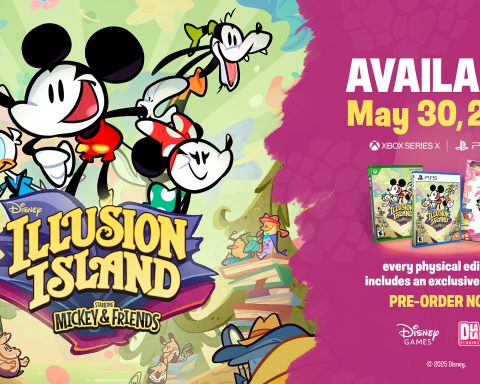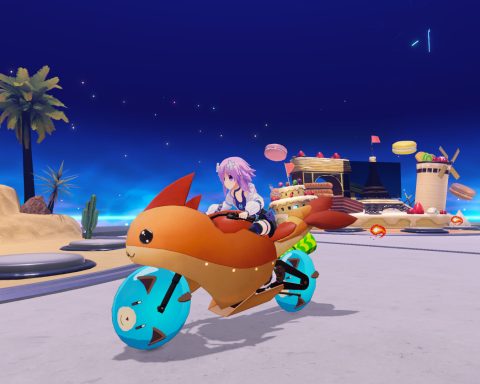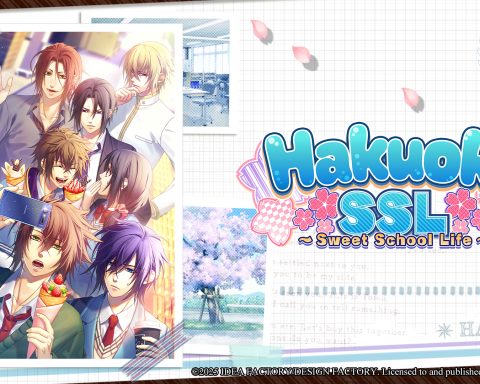Feature by Harvard L.
Macromedia Flash, for all its benefits and pitfalls, was a revolutionary platform for the gaming industry. Before it, game design only happened in dedicated studios, with difficult programming languages being a barrier of entry into the industry. A game was a big project requiring a team of professionals working together. Flash changed all that: with a graphical user interface and support for ActionScript, game development became a veritable hobby. For arguably the first time, people who loved playing games could download software and get started on making them instead. It was a democratisation of the industry which contributed greatly towards the indie gaming culture we have today.
When websites such as Kongregate, Miniclip and Armor Games realised the potential of Flash gaming, the publishers began to pay developers to host games on their sites. This allowed aspiring Flash developers to not only distribute their work to a larger audience, but also earn a living developing their games. This also led to an unorthodox monetisation model: developers were being paid by their publishers for the right to distribute, while players were enjoying games for free while providing publishers with advertising revenue. For a period of time in the late noughties, Flash based browser gaming sites were a reigning force on the internet, leading to the inception of some very talented and creative development agencies.
Towards the start of the 2010’s, other programs began to compete with Flash for being the democratic game development engine. Unity, which offered easy 3D modelling, was a notable example that initially inhabited Flash based platforms like Kongregate but more recently has found its home on Steam and home consoles. Game Maker also allowed publishing to Steam and mobile devices, and high profile releases such as Risk of Rain led to a legitimising of the platform. Lastly, the later editions of RPG Maker saw release in the west, and while its games are still struggling to see recognition on Steam, some titles such as To the Moon and Always Sometimes Monsters have shown off the capabilities of the medium. With these new platforms on offer, Flash lost its status as the reigning king of player-made games and while high quality content kept rolling in, the momentum was certainly slowing.
To read on, please log in to your DDNet Premium account:










